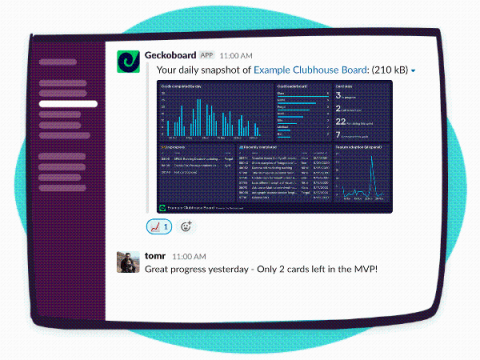Everything Geckoboard shipped in 2020
As we head into 2021 after possibly one of the strangest and most unsettling years in living memory, we thought it was about time to take stock and reflect on how Geckoboard has changed over the course of the past 12 months. Like many other businesses this year, we have had to adapt not only the way we work but the way our dashboards work for our customers too.











